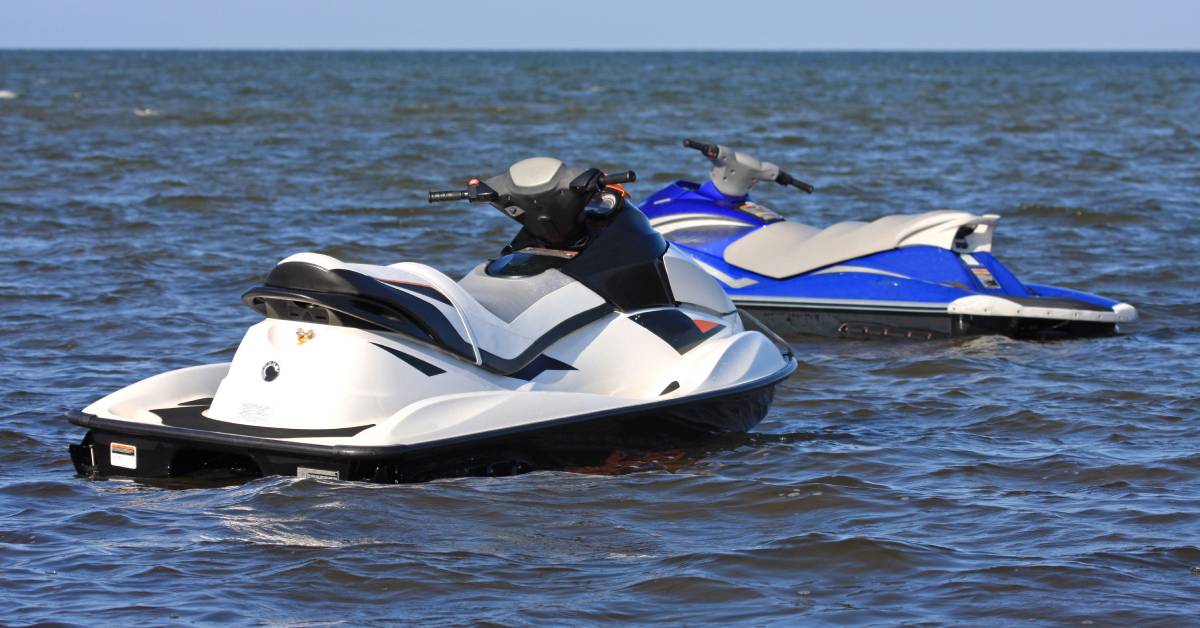2-Stroke vs. 4-Stroke Jet Ski Engines: What To Expect
Jet ski engines fall under two categories: 2-stroke and 4-stroke. Both operate differently and offer unique features that cater to different preferences, riding styles, and intended uses. To help you decide between the two for your next personal watercraft, you need to know what to expect with a 2-stroke and a 4-stroke jet ski engine.
Power and Performance
Some of the biggest differences between 2-stroke and 4-stroke engines are their power and performance capabilities. Typically, 2-stroke engines accelerate faster at low speeds, making them great for riders who want more thrills on the water. These engines deliver big bursts of power that are perfect for racing.
On the other hand, 4-stroke engines are more fuel-efficient, smoother, and easier to control. Four-stroke motors are also available in supercharged form, which give them all the power you could need. Their larger size, stable hulls, and predictable power are better for people who enjoy long-distance cruising while providing the power to have fun.
Maintenance Requirements
These two types of engines have different maintenance needs. Generally, 4-stroke models require less frequent maintenance than 2-stroke engines. Four-stroke engines have a separate oil system, which means you don’t need to mix oil with fuel like you do with 2-stroke engines.
Additionally, 4-stroke engines have longer service intervals than 2-stroke models. If you’re interested in saving time on maintenance in the long run, jet skis with 4-stroke engines are more convenient.
Conversely, 2-stroke motors are much easier to repair, and if water gets in them, it is easy to get out and restart the motor.
Fuel Consumption
Another important factor to consider is fuel consumption. Due to their design, 2-stroke engines consume more fuel than 4-stroke models of the same displacement. This is because 2-stroke engines complete their power cycle in fewer steps, leading to less efficient fuel use. Higher fuel consumption can make a difference in how much it costs to power your jet ski, especially if you’re a frequent rider. In general, 4-stroke engines are more fuel-efficient and have larger tanks, meaning you can enjoy longer rides on one tank of fuel.
Noise Level
Noise is another factor to consider when choosing between a jet ski with a 2-stroke or 4-stroke engine. Generally, 4-stroke engines are quieter than 2-stroke engines. If you want a quieter ride, a personal watercraft with a 4-stroke engine is right for you. Depending on where you ride, there may be noise restrictions, so that can affect your choice. Jet skis with 2-stroke engines are great when you love the exhilaration of feeling connected to the jet ski.
Knowing what to expect makes it easier to choose between the 2-stroke and 4-stroke jet ski engines. At SBT, we can assist with your purchases. When you need replacement jet ski cylinder parts to take care of your PWC’s engine, whether it’s a 2-stroke or 4-stroke, SBT has you covered!


No Comments Yet